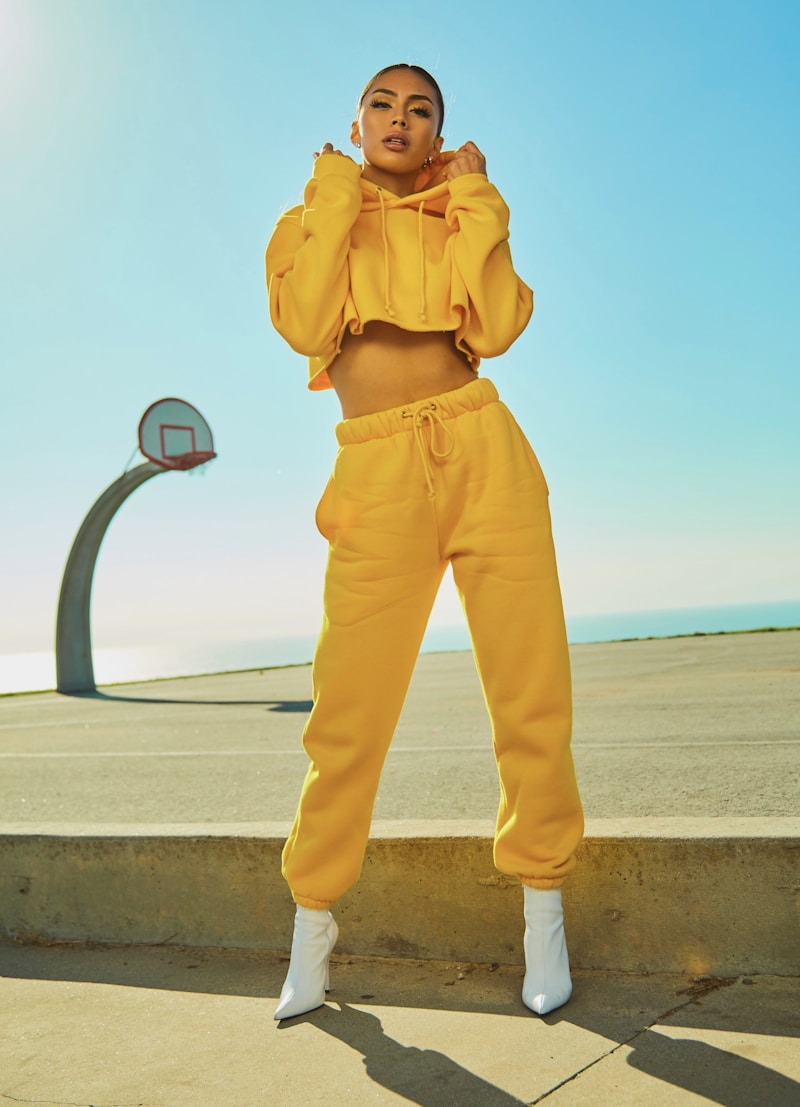Understanding Dress Quality in the Second-Hand Market
In recent years, the second-hand market has grown in popularity, with an increasing number of consumers seeking sustainable fashion options. The quest for quality becomes paramount when navigating this vibrant marketplace. This article aims to provide an in-depth understanding of dress quality in the second-hand market, shedding light on key factors to consider and offering practical tips for consumers looking to make the most of their purchases.
The Rise of Second-Hand Fashion
Trade in pre-owned clothing has surged, fueled by a combination of environmental consciousness and economic efficiency. With the rise of platforms such as Depop, Poshmark, and ThredUp, buying dresses second-hand has never been easier or more accessible. However, while the affordability of these options is attractive, understanding dress quality is essential to ensure that purchases are worthwhile.
Factors Influencing Dress Quality
When assessing the quality of dresses in the second-hand market, several key factors come into play. Consumers often ask themselves, "How do I determine if this dress is high-quality?" To answer this question, let’s explore the various attributes that influence dress quality:
| Factor | Description |
| Fabric | The type of material used plays a significant role in the overall quality of a dress. Natural fibers (like cotton, silk, wool) generally have better durability than synthetic ones. |
| Stitching | Careful examination of seams and stitching can reveal a lot. High-quality dresses typically have reinforced seams that can withstand wear and tear. |
| Brand Reputation | Established brands often have stringent quality control and a track record for producing durable clothing. Researching the brand beforehand can give great insight into the expected quality. |
| Condition | The age and previous wear of the dress must be assessed. Minor flaws may be acceptable, while significant damage could mean the dress is not worth purchasing. |
Fabric Insights: Understanding Material Quality
Fabric quality directly correlates with the longevity and comfort of a dress. When browsing through the second-hand market, consider the following fabric types:
- Cotton: Breathable and versatile, cotton dresses can withstand multiple washes without losing their shape.
- Linen: Known for its natural luster, linen is durable yet can be prone to wrinkling.
- Silk: Luxurious and soft, silk offers a high-end feel but requires more care to maintain its quality.
- Wool: Excellent for cooler climates, wool is renowned for its insulation and durability.
- Polyester: While affordable and robust, polyester dresses may not offer the breathability of natural fibers.
How to Inspect Dress Quality
When you're in the second-hand market, whether online or in-person, inspecting the dress is crucial. Here are some steps to follow:
- Check for Damage: Inspect for any visible signs of damage, such as tears, stains, or loose threads.
- Smell Test: Ensure there are no unpleasant odors. A musty smell can indicate poor storage conditions.
- Try It On: If possible, trying the dress on is vital. This helps assess fit and comfort, which are as significant as visual appeal.
- Look for Care Labels: Care labels provide essential information on cleaning, which can affect the longevity of the garment.
Understanding Price Points
Before diving into a purchase, it's important to understand the price range of second-hand dresses. The cost can vary significantly based on brand, condition, and fabric:
| Price Range | Description |
| Under $20 | Typically low-quality items or fast fashion, which may lack durability. |
| $20 - $50 | Mid-range dresses that may include some branded options, often with reasonable quality. |
| $50 - $100 | Higher-quality second-hand pieces, possibly from well-established brands, ensuring better longevity. |
| Over $100 | Luxury second-hand dresses or unique vintage pieces that offer superior quality and timeless style. |
Common Misconceptions About Second-Hand Clothing
Despite its growing popularity, many consumers still hold misconceptions regarding second-hand clothing. Addressing these can help facilitate smart purchasing decisions:
- All Second-Hand Clothes Are Worn: Not true! Many items are only lightly used or even new with tags.
- It’s Unsanitary: Most sellers clean and maintain their items before reselling, and many online platforms have return policies if the condition is unsatisfactory.
- Second-Hand is Only for Thrifty Shoppers: Fashion enthusiasts and trendsetters alike are embracing second-hand clothing for its uniqueness and sustainable value.
Sustainable Fashion: A Growing Trend
By choosing second-hand dresses, consumers contribute to sustainable fashion, reducing waste and the carbon footprint associated with new clothing production. The explosion in interest for eco-friendly practices is reshaping the fashion industry, and understanding dress quality in the second-hand market is a vital component of that journey.
Conclusion: Final Thoughts and Recommendations
Understanding dress quality in the second-hand market is vital for making informed purchasing decisions. By considering factors like fabric type, stitching, brand reputation, and overall condition, consumers can find high-quality pieces that are both sustainable and stylish. Remember to invest time into inspecting the garment, keeping an eye on price points, and dispelling common myths surrounding second-hand clothing. By doing so, you will not only enhance your wardrobe but also contribute to a more sustainable future.
